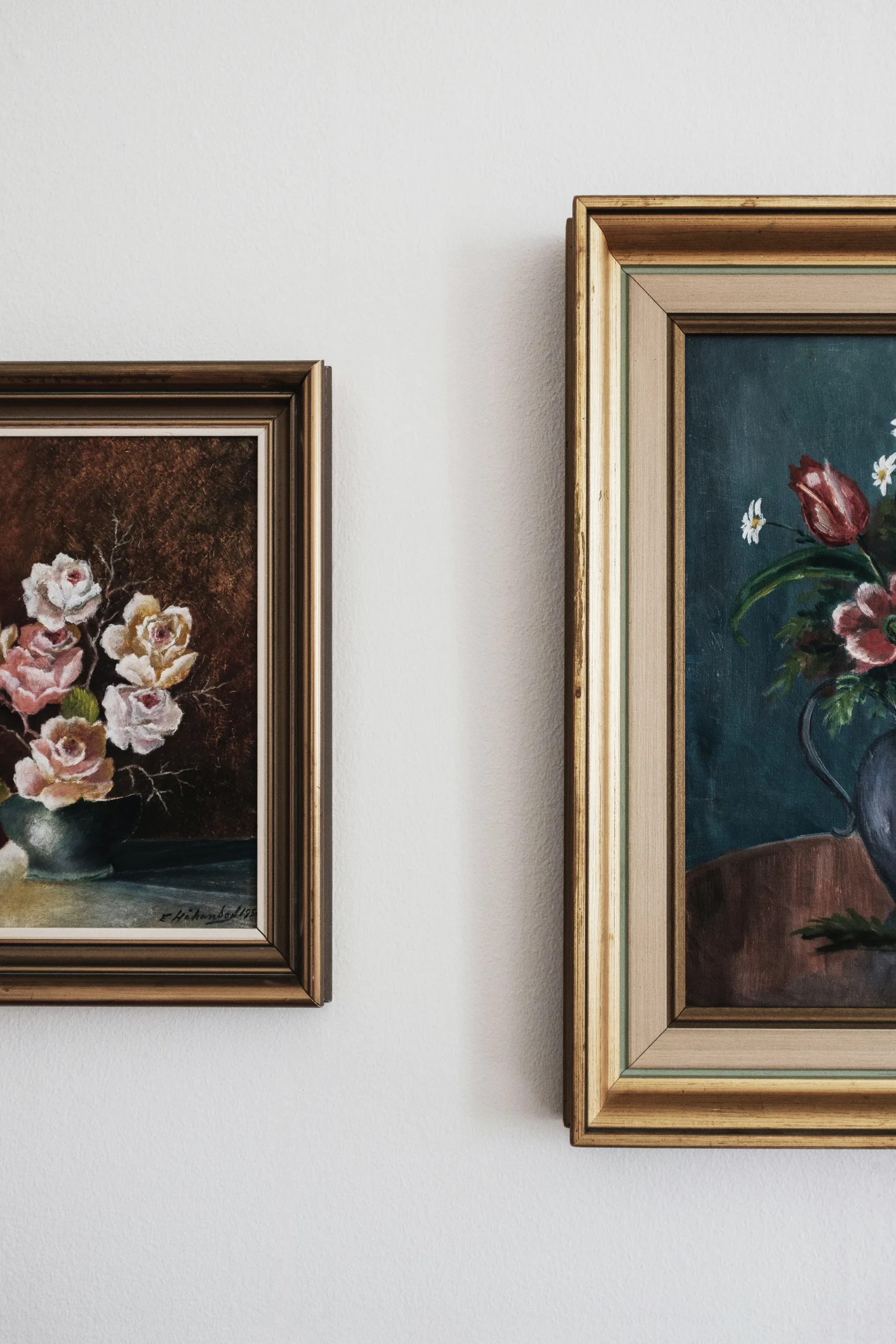For the purposes of this briefing, by artworks and cultural property objects, we mean any object that is capable of being sold at auction and for which a market of collectors and trade buyers exists. The term “artworks” includes paintings, drawings, etchings, prints, sculptures, installations, antiquities, photography, porcelain, silver, objects of vertu, furniture, antiques, coins, stamps, fashion articles, cars, whiskys, wines, jewellery, tapestries, and many more.
How is ownership determined?
Unlike real estate property, where the land registry records the owners, none of the above are subject to ownership registers. Therefore, from a legal point of view, a prospective buyer is responsible for making sure that he/she acquires ‘good title’ (i.e. that it is totally free of any claims against it and therefore can be sold, transferred or put up for security) and that the object lives up to the desired characteristics (at least to the extent these are not dealt with expressly in the relevant contract). This principle is known as “buyer beware” or “caveat emptor”.
What precautions do prospective buyers need to take?
It is not always straightforward for buyers of artworks and cultural property objects to verify that they are dealing with the person who is authorised to transfer good title to them. A prospective buyer should, at a minimum, check the artwork’s provenance, ensure the artwork is not listed on one of the databases of stolen or looted artworks (including the Art Loss Register) and review the artwork (with an expert if applicable) to satisfy themselves that the object doesn’t raise any other red flag. To ensure that good title is being transferred, a prospective buyer should insist on having included in the sale and purchase documentation the relevant representations and warranties as to title.
Why are authenticity & attribution important?
In circumstances where artworks have little inherent value but derive much of their desirability from the name of the artist they are linked with, the issue of authenticity and attribution is hugely important. Where a prospective buyer is considering the purchase of a signature piece by a well-known artist, the buyer should first satisfy himself/herself that the market accepts the object as a signature piece by that artist. Key questions include: does the leading expert on this particular artist agree with this attribution? Are there any connoisseurs who dissent with the leading expert? Is the work included in a catalogue raisonne for this artist? Are there forensic tests that can determine/have determined that the technique and age of the work is consistent with the artist it is being ascribed to?
What do I need to know about the seller?
Another potential pitfall is not checking who you are dealing with. Historically, having to reveal the identity of a counterparty has been seen as a thorny issue because of confidentiality concerns in the market. However, the prospect of dealing with a person subject to international trade sanctions (thereby potentially committing a criminal offence) should be sufficient to take steps to mitigate this risk while not falling foul of confidentiality practice in the market. Further, where a prospective buyer is an “Art Market Participant”, the counterparty compliance obligations go further still: Art Market Participants have been brought within the scope of the 5th Anti-Money Laundering Directive. As a result, certain Know Your Customer due diligence obligations will be applicable, as well as certain registration, record-keeping and organisational requirements that go beyond sanctions or proceeds of crimes compliance. See https://www.gov.uk/government/publications/art-market-participants-guidance-on-anti-money-laundering-supervision for further details.
Where can I go for further advice?
Whether you are a seasoned collector, investor or new to the market, our specialist Art and Cultural Property law team of experts is here to help. We have a wealth of experience and offer advice bespoke to your situation, including legal support in planning and executing specific transactions and in helping resolve any disputes that may arise.
If you would like to discuss any of the issues raised, please do not hesitate to contact Till Vere-Hodge or your usual Payne Hicks Beach contact


